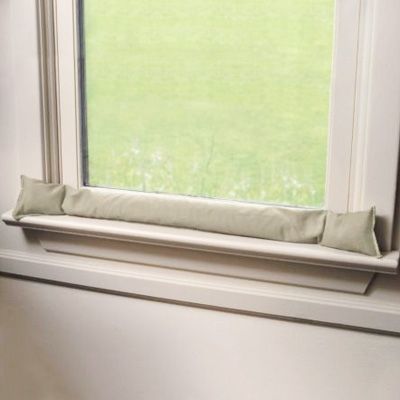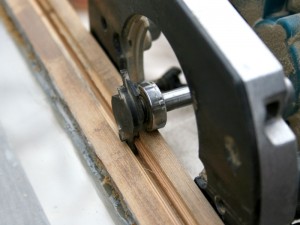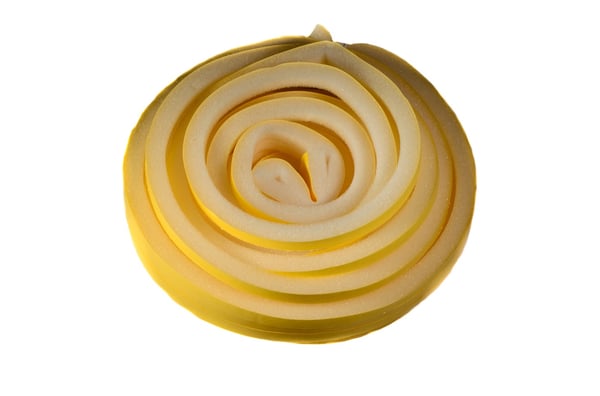If you’ve had enough of cold draughts and inflated energy bills, it’s time to get serious about draught proofing windows. DIY methods like window draught tape or even a simple window sill draught snake can block out some of those cold air currents that make it almost impossible to feel warm in your own home in the winter.
You won’t get a perfect seal with those do-it-yourself solutions but when you are reduced to wearing two pairs of socks and a down jacket just to feel comfortable in your own home, running over to your local hardware store to pick up a DIY draught proofing kit for sash windows or your draughty casement windows isn’t a bad idea, at least until you have the chance to get a more sustainable solution.
Draught Snakes for Windows
The easiest DIY draught excluder to install is a sand-filled fabric draught snake. Just like the fabric snakes used for doors, you can place a window draught snake on the window sill to block some of the air currents coming in between the bottom of your window and the sill. For double hung windows, you can also use a second snake on the middle rail.

Draught snakes won’t make a huge difference as there is still a lot of space for the air to move through but they will help somewhat. And, of all the DIY options for draught proofing windows, snakes are the most decorative!
Window Draught Proofing Strips
Another option is to install draught proofing strips. These strips are a foam material with one adhesive side. You can unroll the seal tape, cut it to size and attach it to the top, bottom and the sides of your window frame when the window is open. Then, close the window and you should have a tighter seal.
You can purchase foam tape at your hardware store or order it online. Foam strips are easy to attach – just be sure to clean your windows well before applying. Also, don’t stretch the window draught excluder tape to try and fit your windows better. Stretching it can create cracks or misalignment, essentially making the foam tape less effective.
When using this type of draught excluder window seal, you want to keep a couple of potential issues in mind:
- Because you’re dealing with a relatively cheap adhesive tape, when you open your window it aaamay fall right off.
- On the other hand, keeping it on for the whole season with no ventilation and a tight fit can aaalead to an even greater problem. When you go to open your window when the weather starts aaato warm up and you want to let in the fresh air, your sticky window draught excluder may not aaawant to let go. What can happen then when you try to remove it, is it will tear away part of the aaaframe or the sash.
- With casement windows, your hinged area is going to have a tighter space than where your aaawindows open out – the area called the leading edge of your sash. This means the seal may be aaalooser on the leading edge and tighter where the hinge is. Unless you account for different gap aaasizes, you’ll have one area that is too tight to open and another that’s too loose to get a good aaaseal against draughts.
How to Draught Proof Sash Windows the DIY Way
Draught proofing sash windows yourself can be tricky but there are so many areas for cold air currents to potentially get in:
- Between the sill and the bottom sash;
- On the sides of the window frame; or
- Where the parting bead and the wedge move up and down there is another small gap that aaahas to stay open for the window to open and close.
Add all of this up and you have a lot of potential for cold wind and heat loss. Foam strips aren’t very effective when you have sliding sash windows, which makes DIY draught proofing a little more complicated for sash windows.
To work around this, some people will use a window draught cover for the entire window, like a plastic film. But, just like any other DIY window insulation job, don’t expect a big difference in your energy bills – or even in how your home feels.
However, if you apply window draught film, a sash window draught excluder on the sill, and never open your window, it will help. Just be careful of moisture build-up around your windows and elsewhere in your home. If you aren’t able to open windows and get any ventilation, and you have plastic sealing in any water vapour that condenses on the glass, you may be creating moisture issues while trying to stop the cold air from coming in around your windows.
You can also use a plastic window draught stopper with a brush or wipers attached. We sometimes use mohair brush strips in the middle parting rail of double hung windows. When you get zero compression with these excluders, they are helpful. But, they’re not easy to install correctly on your own. It’s hard to get the exact size so you don’t crush the seal or make it so you can’t open the window, and at the same time, are actually sealing off gaps.
When we retrofit windows, we take care of both window insulation and the draughts – leaving you without any worry about adhesive tape damage, different gap sizes, moisture build-up, or anything else becoming an unexpected problem. And, you’ll get serious results. When you draught proof your home, you can save up to 25% on your energy bills.

We also use a special tooling to machine our draught seals directly into the windows. This way you can get a custom fit to accommodate the different sized gaps and the unique characteristics of your windows for the best possible seal, without ruining the aesthetics.
No more plastic. No more tape. No more funky snakes. Just a tight seal, windows you can actually open whenever you want, and a comfortable home.








